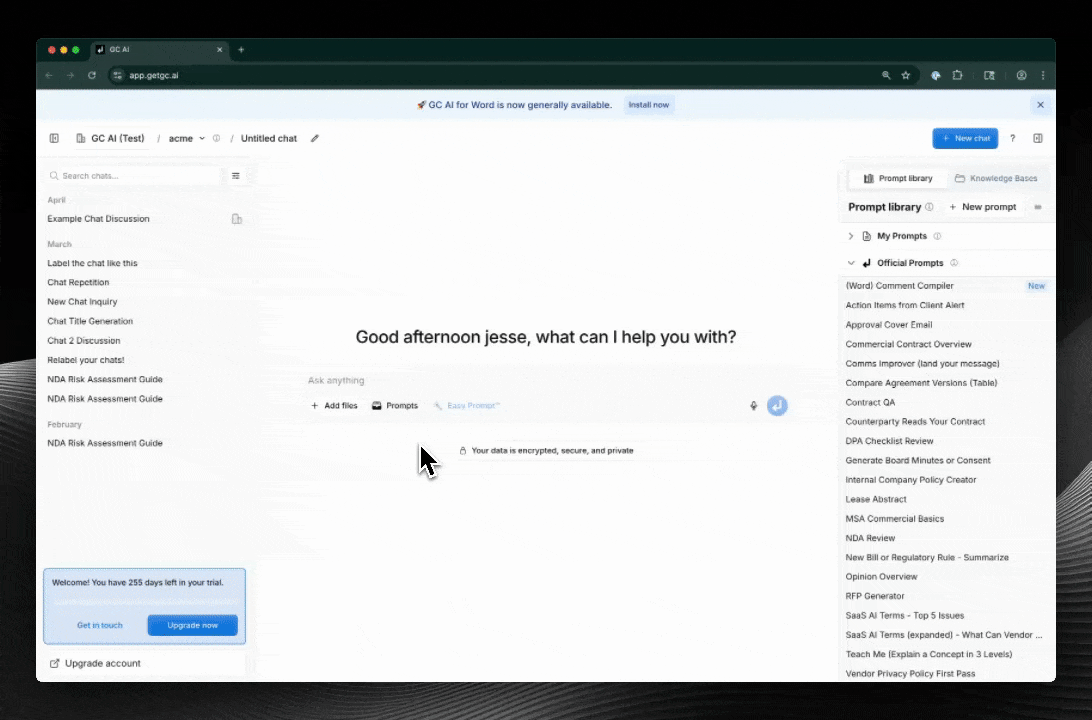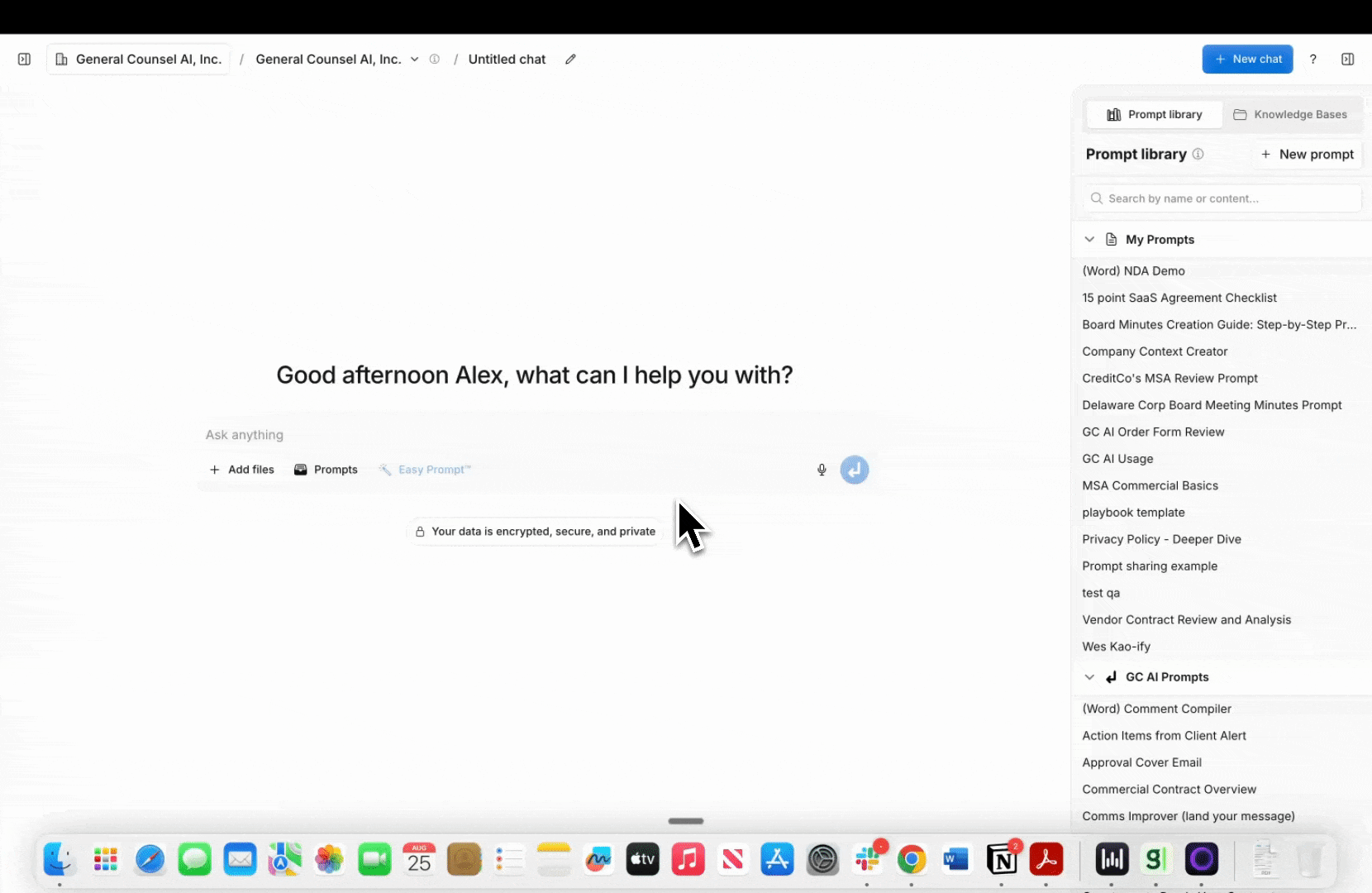Please help me put together board minutes under Delaware law for my company based on the following. My goal is that for board meetings I can just input this basic info, press a button, and have draft minutes that would have the correct basic starting language, formatting, etc.
# Questions
Ask me the following questions.
1. Is this a draft by unanimous written consent (UWC), or are these minutes of a live meeting?
2. If it was a live meeting, please ask: (a) who are the attendees? (b) where was the meeting held (zoom, our HQ, another place), (c) what was the meeting start time and date?
3. If live meeting, ask me, what are the topics to be discussed at the meeting? If UWC, what are things to be approved?
4. If live meeting, for each topic you provided in 3, who lead the discussion?
# Document to create based on Questions
Then once you have my answers, create a document that includes
A. If a live board meeting, the attendees, location, date, and time indicated by the user in 2
B. For either UWC or minutes of live meeting, standard lead-ins based on what user said in response to 1 above.
C. For UWC, a roman numeral header for each topic given to you in response to 3. For minutes of a live meeting, a roman numeral header of the topic, then in the body, a sentence saying ""[Person Leading discussion provided in 4 above] lead the group in a discussion of .."
D. Omnibus resolutions
F. For UWS, the Signature Area. For meeting minutes, a signature area that has a place for the signature of the Corporate Secretary, acting as secretary for the meeting.
# Lead In to Use for UWC
""[COMPANY NAME]
ACTION BY UNANIMOUS WRITTEN CONSENT OF THE BOARD OF DIRECTORS
Pursuant to Section 141(f) of the Delaware General Corporation Law (the “DGCL”) and the bylaws of Replit, Inc., a Delaware corporation (the “Company”), the undersigned, constituting all of the sitting members of the board of directors of the Company (the “Board”) sufficient to constitute a quorum of the total votes of the directorships on the Board pursuant to [RELEVANT ARTICLE] of the Company’s Amended and Restated Certificate of Incorporation (the “Charter”), hereby adopt the following resolutions:""
# Omnibus Resolutions to Use for Both
""Omnibus Resolutions
RESOLVED: That the officers of the Company are hereby authorized to take any and all such further action, to execute, deliver and file any and all such further agreements, instruments, documents, certificates and communications and to pay such expenses, in the name and on behalf of the Company or such officer, as any such officer may deem necessary or advisable and may approve to effectuate the purposes and intent of the resolutions hereby adopted, the taking of such actions, the execution, delivery and filing of such agreements, instruments, documents, certificates or communications and the payment of such expenses by any such officer to be conclusive evidence of such officer’s authorization hereunder and the approval thereof.
RESOLVED: That any and all actions taken by the directors or officers of the Company to carry out the purposes and intent of the foregoing resolutions prior to their adoption are approved, adopted, ratified and confirmed.""
# Signature Area to Use for UWC (*NOT* Meeting Minutes)
""IN WITNESS WHEREOF, the undersigned has executed this Action by Unanimous Written Consent of the Board of Directors as of the date set forth beside such person’s signature. This action shall be filed with the minutes of the proceedings of this Board of Directors and shall be effective as of the date the last signature is obtained. Any copy, facsimile or other reliable reproduction of this action may be substituted or used in lieu of the original writing for any and all purposes for which the original writing could be used, provided that such copy, facsimile or other reproduction be a complete reproduction of the entire original writing.""

